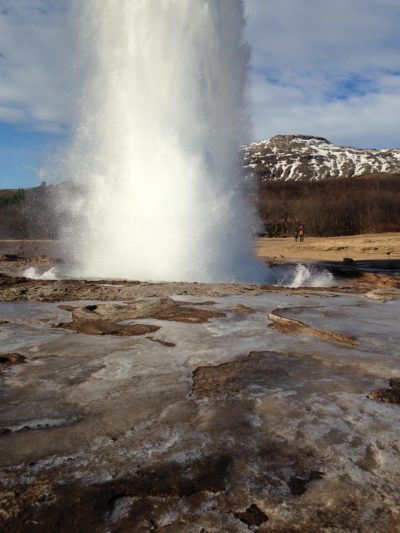It’s over before it even started: Premature Ejaculation

Premature ejaculation (PE) is something many men don’t feel comfortable discussing never mind reading about.
What should be an intimate and pleasurable moment can escalate quickly to a living nightmare. The experience that can follow a man for decades to come, especially with the popularity of social media. No one wants an internet search bringing up a comparison to Jim Levenstein from the movie American Pie.
What is PE?
PE is ejaculation that occurs within 1 minute of penetration, inability to delay ejaculation and negative personal consequences including distress, frustration and/or avoidance of sexual intimacy.
Not only can it be a distressing situation to find oneself in but men who seek help relive their nightmare explaining in detail to various healthcare professionals or friends. It’s no surprise that statistics for its occurrence are unreliable with estimates that it affects 1 in 5 men. Many simply just don’t talk about it.
Causes
Causes are unknown. Data is sketchy making it difficult to pin down one or two direct causes. Anxiety, penile hypersensitivity, hormonal, or urological causes are thought to make an impact. Urological causes may include issues with the prostate (prostatitus, prostatodynia) or chronic pelvic pain syndrome.
There are two types of PE.
Primary occurs during a mans first sexual encounter. Secondary PE is acquired, having previously normal sexual experiences. Acquired PE is reported more in older men, with a higher BMI, greater incidence of hypertension, diabetes, chronic prostatitis and erectile dysfunction (ED).
Physical therapy can help in several ways. It can help teach men to inhibit the ejaculatory reflex by performing an “internal squeeze” of the pelvic floor muscles. Studies have shown this technique is effective in delaying ejaculatory urgency.
The science behind this
Two pelvic floor muscles ischiocavernous and bulbocavernous are active during the entire ejaculatory phase. Both act to push the seminal fluid towards the urethra and out of the body. Weak pelvic floor muscles would impair the ability to control this process or delay ejaculation. Physical therapy would aim to improve control of the pelvic floor muscles including learning voluntary relaxation of ischiocavernous and bulbocavernous. It may also give greater self confidence and improved body awareness. Other techniques involve squeezing the glans until the urge dampens.
Body Harmony Physical Therapy has trained pelvic floor specialists that have heard it all before. Put your fears aside and take control of premature ejaculation.
References:
1. https://www.ncbi.nlm.nih.gov/pmc/articles/PMC5001985/
2. https://www.ncbi.nlm.nih.gov/pubmed/25126187/
3. https://pdfs.semanticscholar.org/9cfe/aa6fb8cda02ca5b70f61b1c729ef4552705f.pdf
4. https://www.pagepressjournals.org/index.php/aiua/article/view/aiua.2014.2.123/4015
5. https://onlinelibrary.wiley.com/doi/full/10.1111/j.1365-2605.2011.01243.x
Author: Irene Hernandez, DPT
Editing: Keely Faridi, PT







